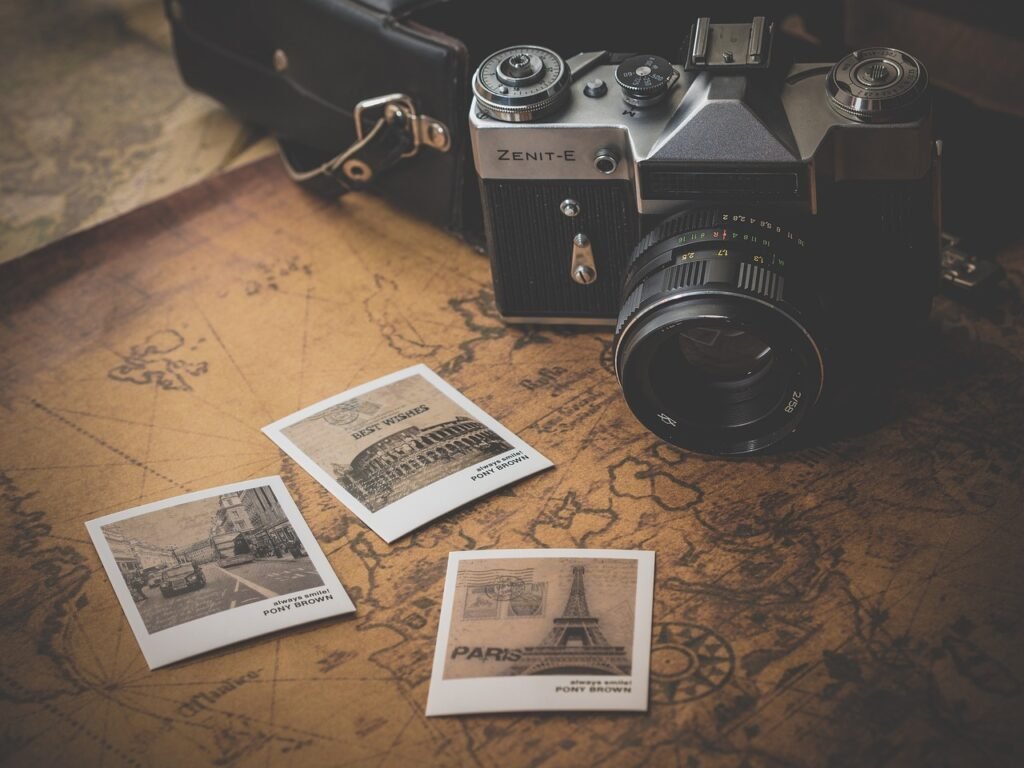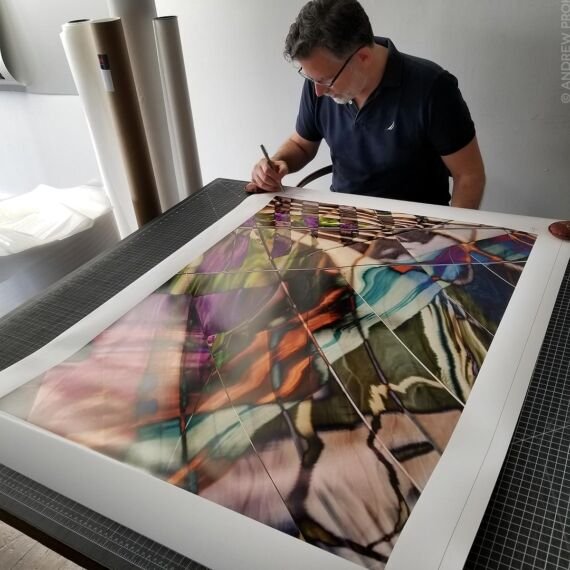Jul 3, 2024
Cityscapes: Architecture in Perspective
The Urban Tapestry
Cityscapes in photography offer a dynamic canvas of architectural marvels, bustling streets, and the interplay of light and shadows. Photographers who capture cityscapes aim to showcase the essence and character of urban environments through their unique perspectives. Each photograph tells a story of urban life, highlighting the blend of historical landmarks, modern skyscrapers, and cultural diversity that define cityscapes around the world.
Capturing Architectural Diversity
Moreover, cityscape photography celebrates the diversity of architectural styles and structures found within cities. From iconic landmarks to hidden gems, photographers explore the intricate details and grandeur of buildings that shape city skylines. Whether capturing the ornate facades of historic buildings or the sleek lines of contemporary architecture, each photograph reflects the evolving urban landscape and architectural heritage of a city.
Light and Shadows
Furthermore, light and shadows play a pivotal role in cityscape photography, creating dramatic contrasts and enhancing visual impact. Photographers leverage natural and artificial light to illuminate buildings, streets, and public spaces, adding depth and dimension to their compositions. Sunrise and sunset often provide ideal lighting conditions, casting warm hues and long shadows that transform cityscapes into breathtaking scenes of urban beauty.
Urban Life and Culture
In addition, cityscape photography captures the vibrancy of urban life and cultural expressions within city environments. Photographers document bustling street scenes, lively markets, and cultural events that reflect the dynamic spirit of city dwellers. Each photograph becomes a snapshot of daily life, offering glimpses into the rhythms, rituals, and interactions that define urban communities.

Seasons and Weather
Moreover, cityscape photographers embrace the changing seasons and weather conditions to capture diverse moods and atmospheres within cityscapes. From the vibrant colors of spring blooms to the serene snow-covered streets of winter, each season lends its own palette and ambiance to urban photography. Photographers adapt their techniques and compositions to showcase the beauty and resilience of cities in different weather conditions.
Conclusion
In conclusion, cityscape photography is a captivating exploration of urban landscapes, architecture, and the human experience within city environments. Through their lenses, photographers capture the essence of cities—its architecture, culture, and people—while showcasing the beauty and complexity of urban life. Each photograph invites viewers to immerse themselves in the vibrant tapestry of cityscapes around the world, celebrating the rich diversity and timeless allure of urban environments.
More Details







